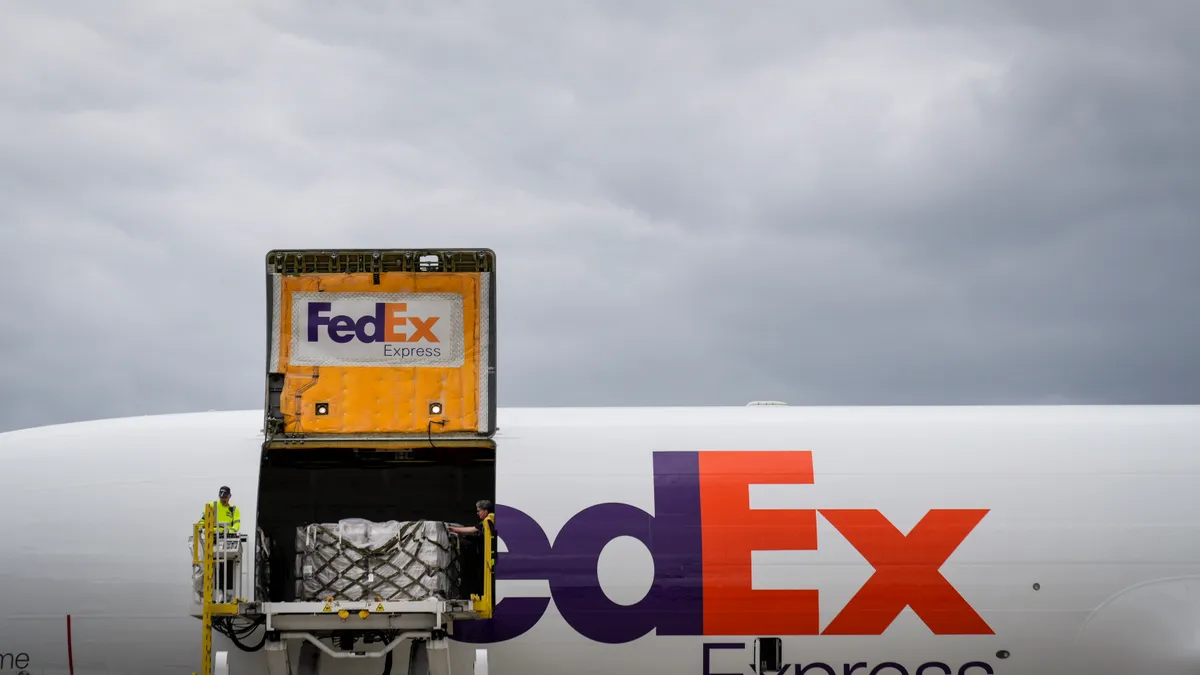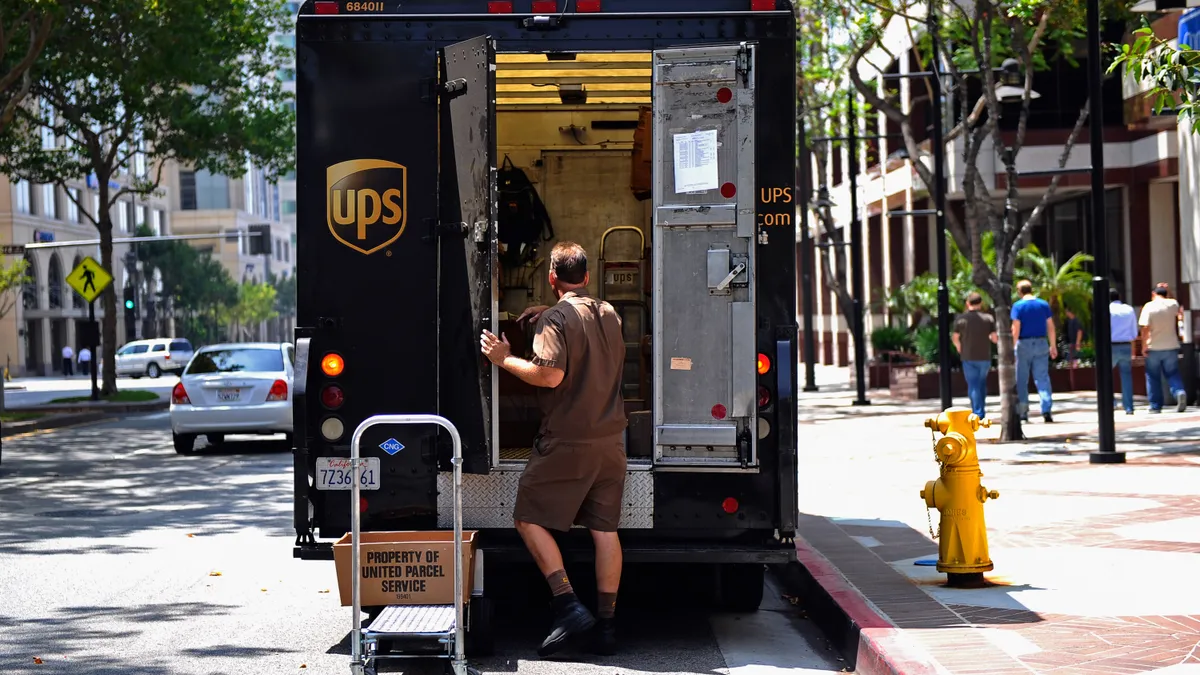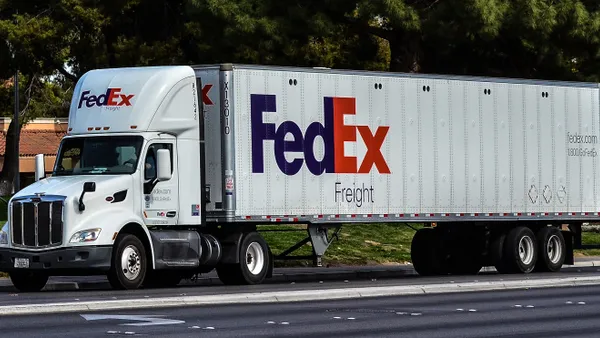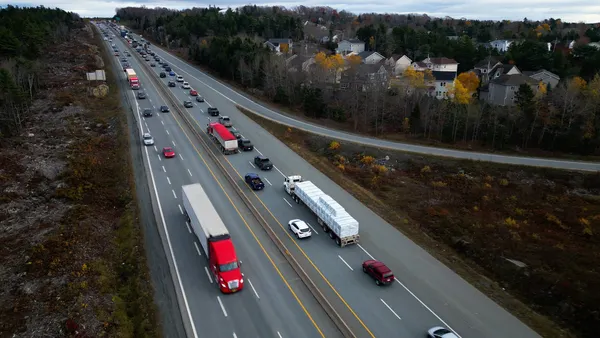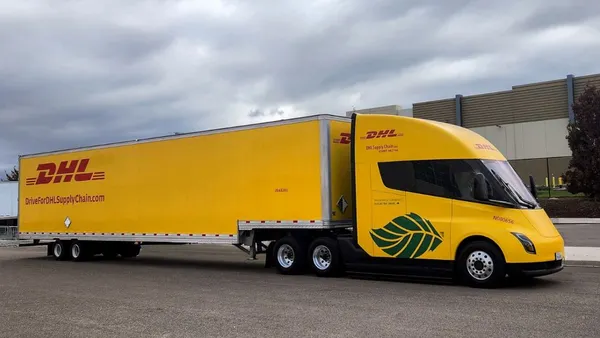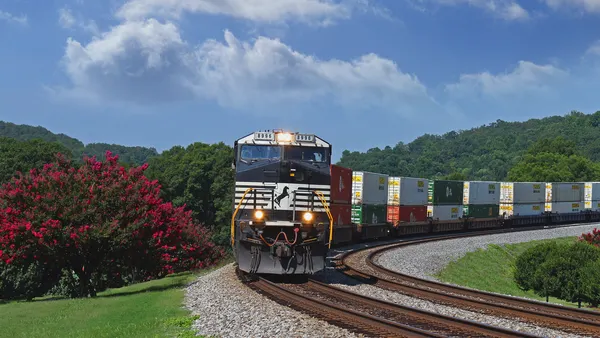It would be easy to see the first signs of traditional freight brokerage firms launching digital freight tools as a reaction to the proliferation of well-funded digital freight startups. Uber Freight, Convoy, Transfix and the like, along with Amazon's foray, have, in just a few years, created a crowded field of digital freight brokerage vying for the small percentage of shippers who have made the switch.
The entrance of more entrenched players in the digital freight space is relatively inevitable, but how it will happen is less clear. Would they build their own tools or acquire one of the startups already operating?
GlobalTranz chose build over buy. The eighth-largest freight brokerage firm, according to Transport Topics, launched its own digital freight matching platform GTZamp last week.
CTO Greg Carter told Supply Chain Dive the move is the result of a goal GlobalTranz has been chasing for years. The company has been building out its technology to support multi-modal and complex movement by making acquisitions in tech and 3PLs, but it hasn’t acquired a digital brokerage-focused company.
Carter said GlobalTranz is not the old-school cumbersome brokerage the startups position themselves against. The company started out as a less than truckload (LTL) technology company in 2003, which eventually added a brokerage arm. Focusing on tech from the start meant GlobalTranz was well-placed to leverage its historical data on shippers, routes, lanes and drivers in new ways. The massive amount of data, according to Carter, made the acquisition route unattractive for GlobalTranz when it comes to digital freight.
"People talk about the commoditization of matching a load with a driver. We’ve been doing that for a long time. And we had been trying independent of the naissance of the term digital freight matching. We've been trying to do multiple loads at once. You can’t do that without digital freight matching," Carter said. And so GTZamp was born.
Beyond the expected matching of loads and carriers, GTZamp focuses on combining shipments into multi-movement routes, maximizing shipper savings by predicting costs and predicting capacity availability.
With years of relatively clean historical data, Carter explained the granularity with which carriers and loads are matched is key. In fact, though the market is currently asking for this service, according to Carter, using the descriptor digital freight matching is not enough to differentiate what’s going on under the hood. In fact, GlobalTranz didn’t know that it was developing a digital freight matching platform.
"We’ve been investing in data science to help us look into the future and with a good degree of certainty, when we sell one load to a carrier and book it, why can’t we try to find that carriers four other loads or three other loads and keep that carrier captive in the market?" Carter said.
He said GlobalTranz is putting investments in a project to sell five loads at once — and that's where the GTZamp platform is headed.
"We’re able to actually make our algorithm so much more sophisticated than simply matching a driver to a load," said Carter.




